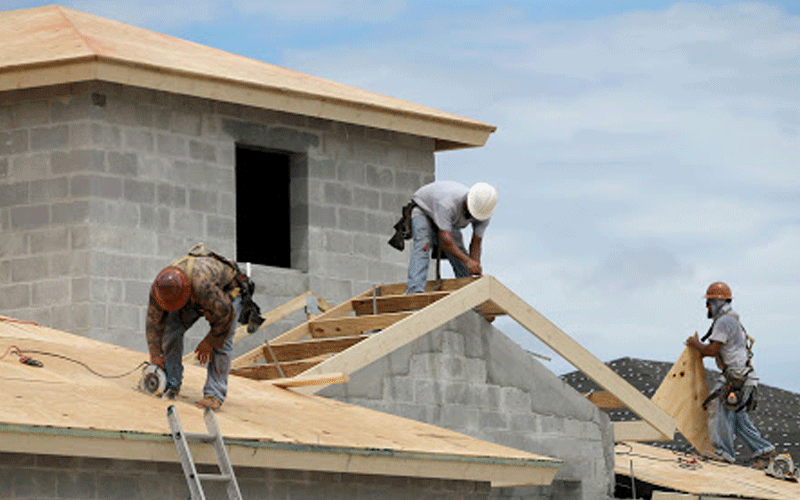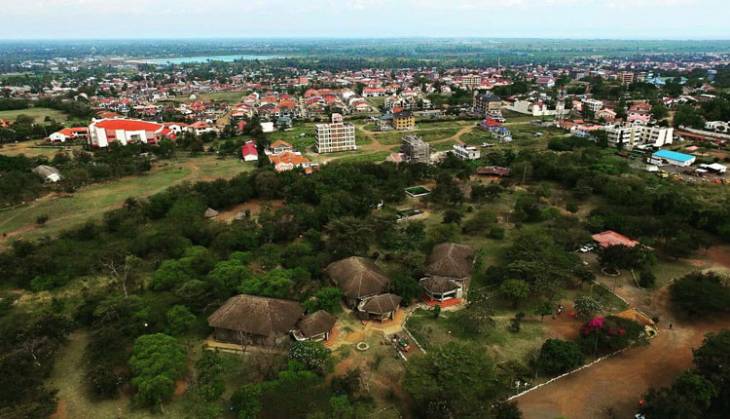Warehousing demand rises after slow growth

Milliam Murigi millymur1
Briefly tell us about Purple Dot International Limited.
Purple Dot International Limited is a fast growing and dynamic industrial, residential, commercial real estate developer led by a team of experienced and innovative business partners working towards building investment opportunities for communities across the African continent.
Over the past few years, both investors looking for reliable income and long term returns, as well as home owners have entrusted us with helping them sustainably grow and manage their wealth.
You recently launched your fourth warehousing project. Tell us more about it.
The Graylands Phase 4 are 36 units each 8,000 Sqft designed mainly for light industrial use.
In this sense, the units are designed with the tenant’s or owner’s industrial needs in mind, for example the 32m wide space for loading and offloading goods, ample parking and turning zones and so on.
They certainly build on the traditional warehouses seen around Industrial Area for example, but with more functionally suited improvements.
The warehouses are designed around the needs of light industries, small to medium sized businesses and not the kind of complex setup that a more operationally integrated system like large-scale business parks would have.
We started our first industrial project seven years ago and have developed over 300 warehouses to date with more coming up in the future.
Developers have grown an interest in warehouse development with some leaving the crowded construction of residential, retail and office space. What is influencing this trend and why ?
This may be a result of several factors including a shift in government focus and incentive for local production under the ‘Build Kenya’ banner.
The biggest drivers in the economy are small and medium sized businesses that create demand for such warehousing facilities as the economy grows which in turn then attracts investors who want better returns.
Demand for warehouses is surpassing supply. What do you think needs to be done to ensure there is equal demand and supply ratio in Kenya?
As the economy grows and fluctuates, the demand will also rise and fall just like in any other sector.
What we have found to be a good practice is to always look at the response, engage stakeholders so that what works can be made better.
We have a clear process of understanding the need in the market, designing and implementing a plan that works for stakeholders and then continuing to see where we can do better to meet the changing needs as they arise, and have foresight where possible.
There is always a learning curve in any industry or sector, so demand and supply may fluctuate, but what’s important is to look at events in the system as a whole, respond and diversify instead of reacting to market trends and focusing only on one sector.
There has been a slow growth in the warehousing industry in Kenya, but demand is now growing. What has changed?
The economy has changed over time, some sectors are developing faster than others sich as retail and hospitality for example.
The rate at which SMEs are growing increased rate of manufacturing and building locally and reduced dependence on imports have certainly created a demand for warehousing from simple storage to complex assembly and distribution facilities.
Government incentives, growing foreign investment and improved transport network have definitely affected this shift in demand for warehousing.
With many developers targeting the warehouse industry do we expect to see oversupply of warehouses in the near future as it happened with office space?
Of course we see that demand drives developers and investors to warehousing,but the need for a specific type of warehousing facility should be clearly understood and analysed for feasibility with adaptations being made to suit the industry or sector it’s being designed for.
At some stage there may be a saturation point, which may or may not be solely because of oversupply.
Are there opportunities which are yet to be tapped in the warehousing industry?
Yes, with the changes in economy, adaptation of digital and tech, data analytics there are certainly emerging opportunities within e-commerce for both local businesses as well as larger online retailers.
Assembly, distribution, light industries continue to grow and while their financial model may not change, their business model continues to adapt to the change in ways of doing business.
What are the current trends in the warehousing industry?
E-commerce is best designed around an effective, profitable distribution system, so online retailers can design storage facilities with the stock uptake in mind, central location to distribution points, look at the fire and water safety design of the warehouse depending on the nature of products among other things.















